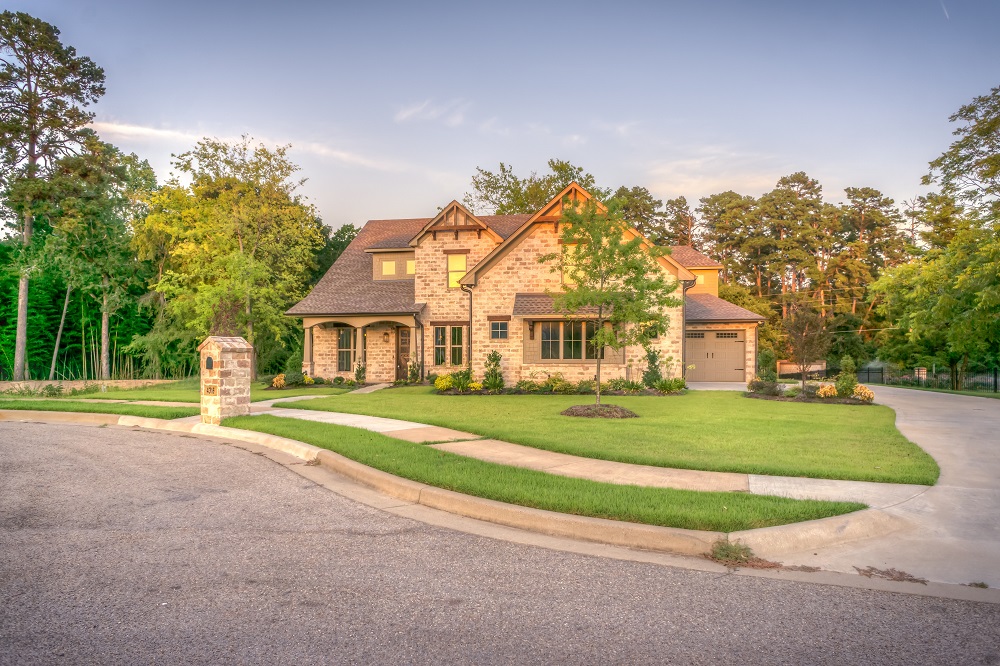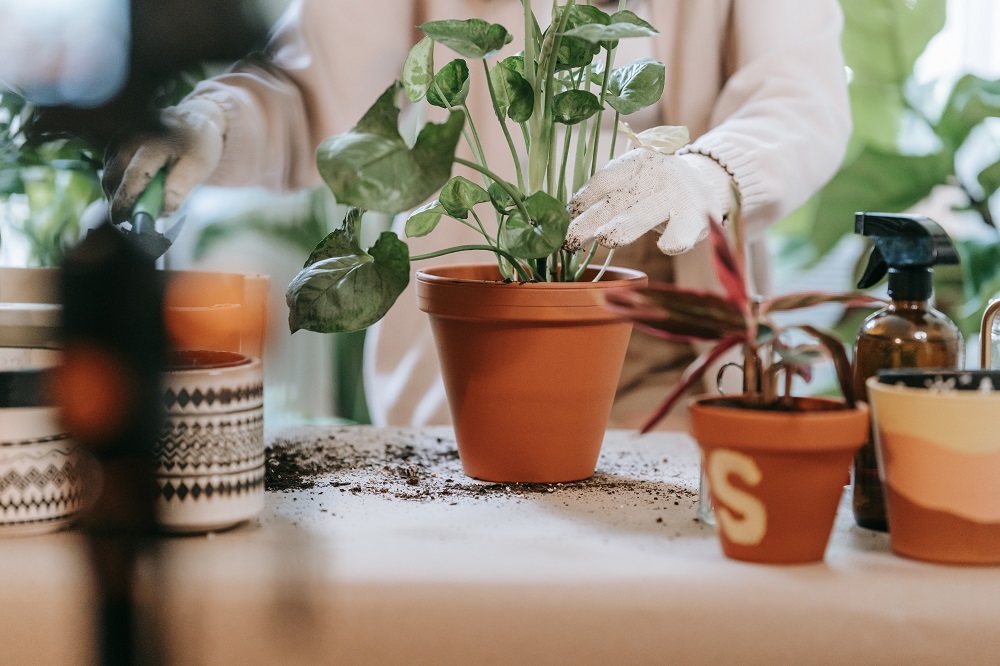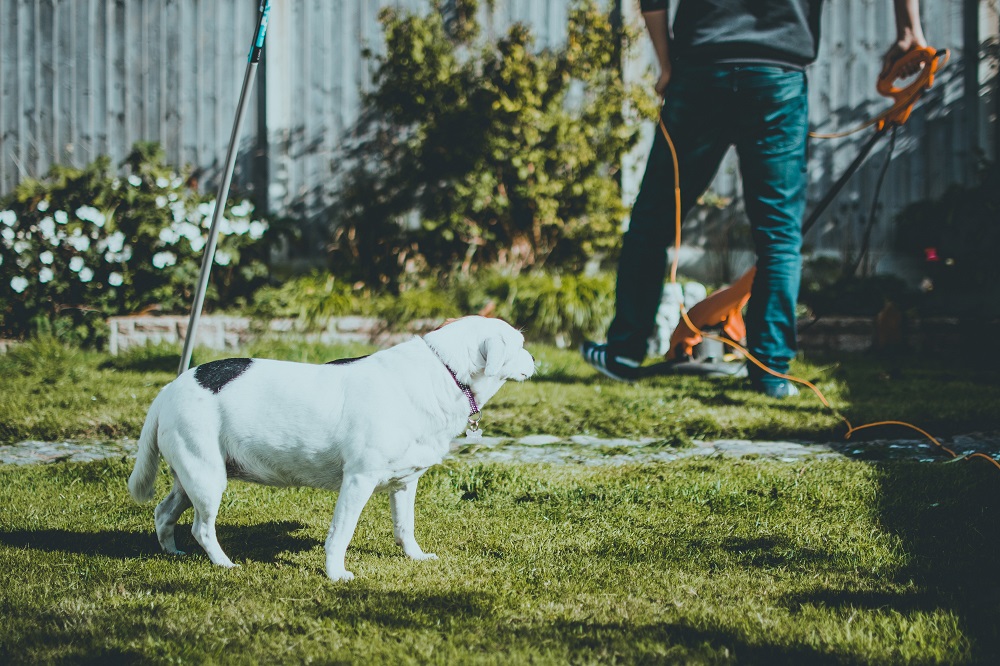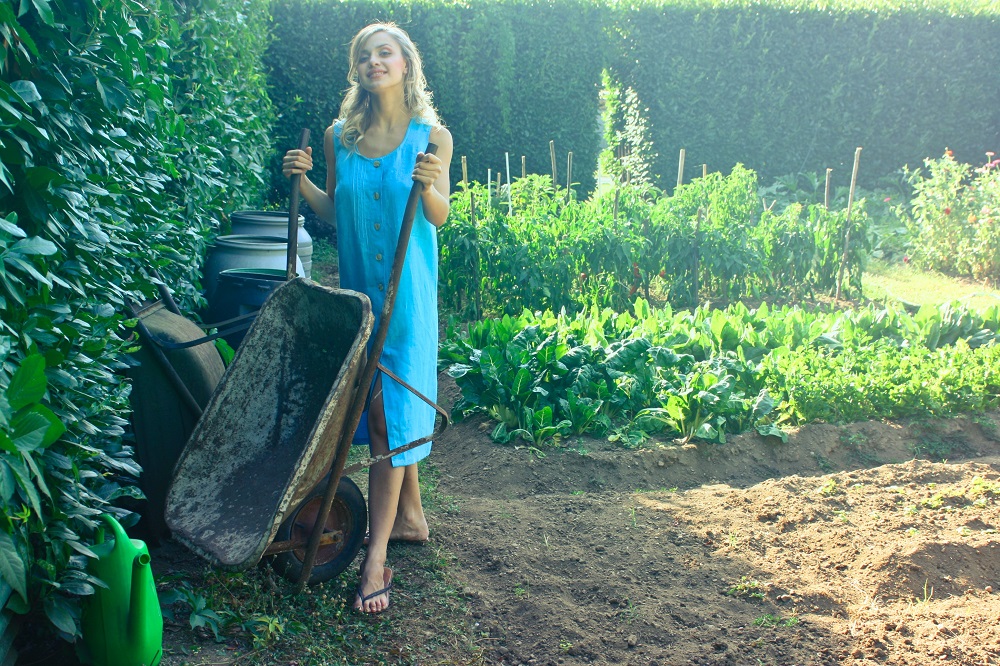Landscaping Tips for Minimal Maintenance in Alpharetta: Creating a Beautiful and Low-Maintenance Outdoor Space

When it comes to landscaping, many homeowners in Alpharetta, Georgia, are seeking ways to create beautiful outdoor spaces that require minimal maintenance. With the busy modern lifestyle, having a low-maintenance landscape allows you to enjoy your outdoor area without spending excessive time and effort on upkeep. In this article, we will explore some valuable landscaping tips that will help you achieve a visually appealing and low-maintenance yard in Alpharetta.
1. Choose Native and Drought-Tolerant Plants: One of the most effective ways to minimize maintenance is to select plants that are native to the region and well-adapted to the local climate. Native plants are naturally suited to the soil, temperature, and rainfall patterns of Alpharetta, making them more resilient and requiring less care. Additionally, choose drought-tolerant plants that can thrive with minimal watering. By opting for these plants, you can significantly reduce the time and resources needed to maintain their health and vitality.
2. Group Plants by Watering Needs: When planning your landscape, group plants with similar watering requirements together. This practice, known as hydrozoning, allows you to efficiently water your plants without wasting water on those that don’t need it. By separating high-water-use plants from low-water-use ones, you can easily adjust irrigation systems and ensure that each plant receives the appropriate amount of water. This not only saves water but also reduces the time spent manually watering individual plants.
3. Implement Efficient Irrigation Systems: Installing an efficient irrigation system is crucial for minimizing maintenance in your landscape. Consider using drip irrigation or soaker hoses instead of traditional sprinklers. These systems deliver water directly to the root zones of plants, reducing evaporation and ensuring more efficient water usage. Additionally, consider incorporating smart irrigation controllers that adjust watering schedules based on weather conditions and soil moisture levels. This technology helps prevent overwatering and ensures that your plants receive water only when needed.
4. Mulch for Moisture Retention and Weed Control: Applying a layer of mulch around your plants offers multiple benefits. Mulch helps retain moisture in the soil, reducing the frequency of watering needed. It also acts as a natural weed suppressant by blocking sunlight and preventing weed growth. Choose organic mulch, such as wood chips or bark, which breaks down over time and enriches the soil. Mulching not only minimizes maintenance by reducing the need for watering and weed removal but also contributes to the overall aesthetics of your landscape.
5. Limit the Use of Turf: While lush green lawns are visually appealing, they can be high-maintenance, especially in Alpharetta’s warm climate. Consider reducing the size of your turf areas and replacing them with alternative landscaping options. Incorporate hardscaping elements, such as pathways, patios, or decks, that require minimal upkeep. Use ground covers, gravel, or low-maintenance plants in areas where grass is not essential. This approach reduces the need for mowing, watering, and fertilizing, significantly cutting down on maintenance requirements.
6. Opt for Perennial Plants: Choose perennial plants over annuals whenever possible. Perennials are plants that come back year after year, requiring less effort and cost in replanting. They establish deep root systems, making them more drought-tolerant and resilient. Perennials also tend to require less fertilization and are generally low-maintenance compared to annuals. Select a variety of perennials that offer continuous blooms throughout the growing season, providing color and visual interest without the need for frequent replanting.
7. Keep Pathways and Driveways Weed-Free: Weeds can quickly take over pathways and driveways, detracting from the overall appearance of your landscape. To minimize maintenance, it’s essential to keep these areas weed-free. Consider installing a weed barrier beneath gravel or mulch pathways to prevent weed growth. Regularly inspect and remove any emerging weeds promptly. You can use natural weed control methods such as hand-pulling or spot-treating with organic herbicides. By keeping pathways and driveways weed-free, you’ll maintain a clean and well-maintained appearance in your landscape.
8. Prune and Trim Regularly: Proper pruning and trimming of plants are essential for maintaining their shape, health, and overall appearance. Regularly inspect your landscape and remove any dead, damaged, or overgrown branches. Trim shrubs and hedges to maintain their desired size and shape. Pruning promotes airflow and prevents the development of disease or pest issues. By staying on top of pruning and trimming tasks, you can prevent plants from becoming unruly and reduce the amount of maintenance needed in the long run.
9. Implement Low-Maintenance Design Elements: Incorporating low-maintenance design elements in your landscape can significantly reduce maintenance requirements. Consider using landscape fabric or ground covers in areas where you want to prevent weed growth. Install raised beds or containers for planting, which can be easier to maintain and control. Choose low-maintenance materials for hardscaping, such as stone or concrete, that require minimal upkeep. By incorporating these design elements, you create a visually appealing landscape while minimizing the time and effort required to maintain it.
10. Regular Maintenance and Professional Help: While the goal is to create a low-maintenance landscape, it’s essential to recognize that some level of maintenance is still necessary. Regular maintenance tasks include watering, fertilizing, weeding, and general upkeep. Plan a regular maintenance schedule that includes these tasks to ensure your landscape remains in good condition. Additionally, consider seeking professional help from a reputable landscaping company in Alpharetta. They can provide specialized services such as seasonal clean-ups, fertilization, and pest control, allowing you to enjoy a well-maintained landscape with minimal personal effort.
Creating a beautiful and low-maintenance landscape in Alpharetta is achievable with careful planning and implementation of the right strategies. By selecting native and drought-tolerant plants, grouping plants by watering needs, implementing efficient irrigation systems, and utilizing mulch for moisture retention and weed control, you can significantly reduce maintenance requirements. Limiting the use of turf, opting for perennial plants, and keeping pathways and driveways weed-free further contribute to a low-maintenance landscape. Additionally, incorporating low-maintenance design elements and regular maintenance, including professional help when needed, ensures that your outdoor space remains visually appealing with minimal effort. Embrace these landscaping tips and enjoy a stunning, low-maintenance yard in Alpharetta, allowing you to spend more time relaxing and less time on upkeep.


